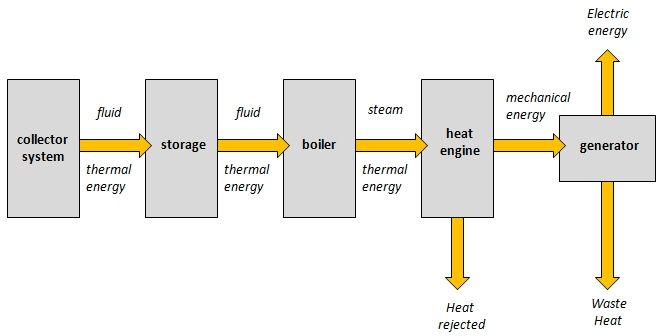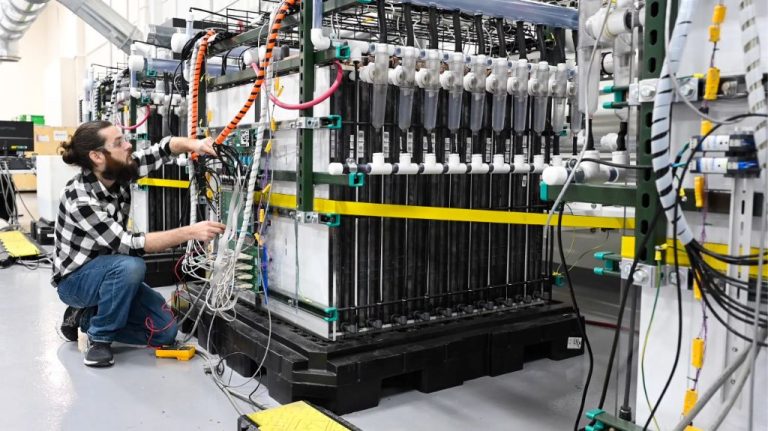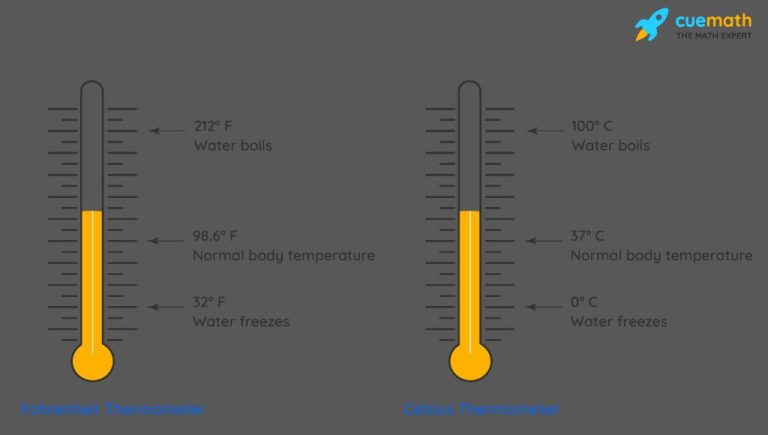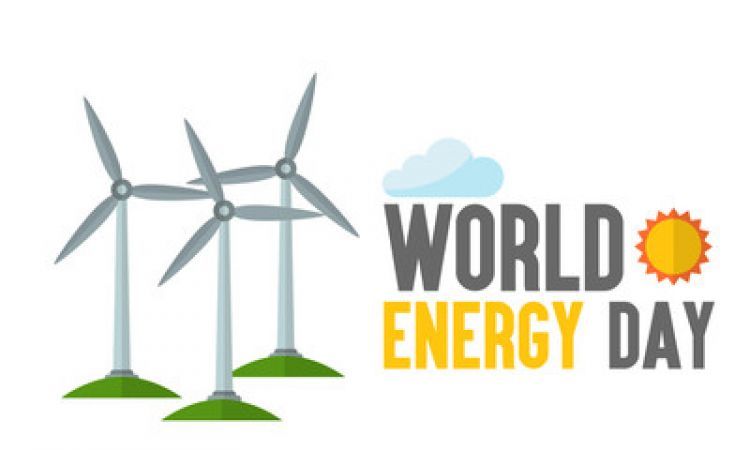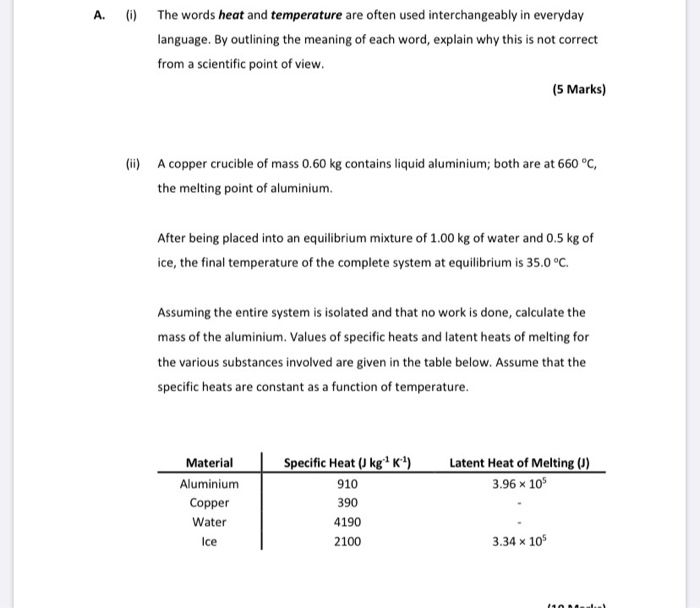Who Is The Biggest Renewable Energy Company?
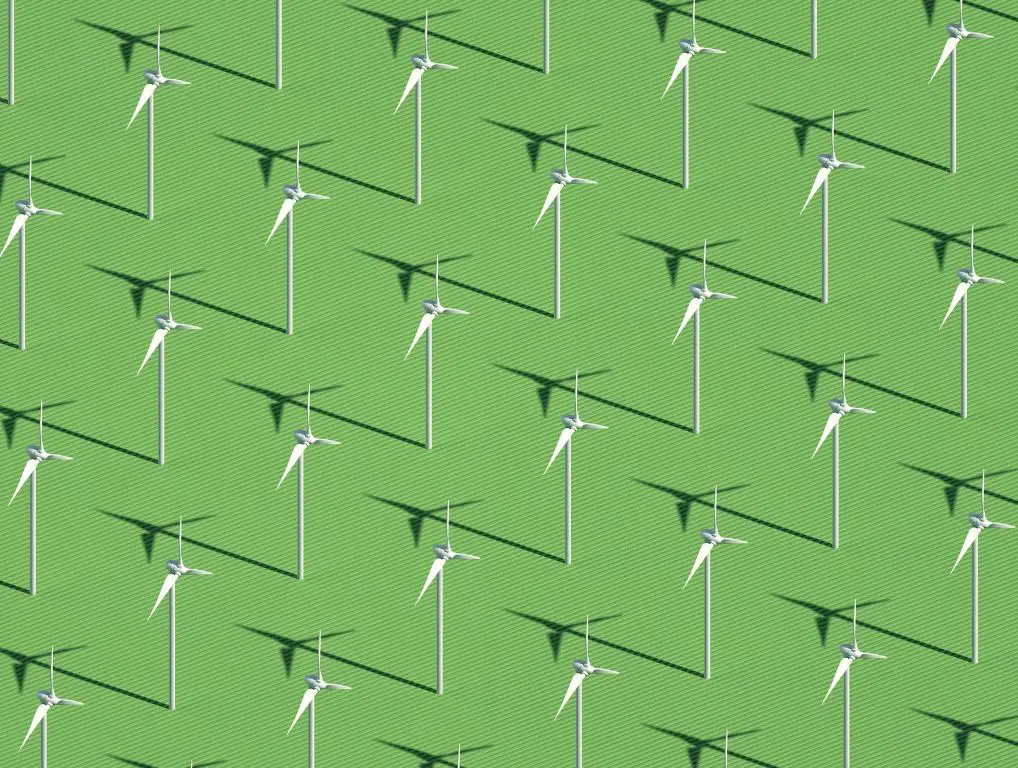
Renewable energy has become increasingly important as countries around the world work to reduce carbon emissions and mitigate climate change. The renewable energy sector has seen massive growth and investment in recent years as both governments and corporations look to transition away from fossil fuels. Some of the largest companies in the world are now major players in renewable energy such as wind, solar, hydroelectric, geothermal and biomass.
Knowing the biggest renewable energy companies provides insight into which technologies and business models are thriving in the industry. The leaders in the sector set the pace for innovation, investments, project development and future growth. Examining the operations and ambitions of the largest companies can reveal where the industry is headed. Their size and influence also impacts energy policy, climate action and the global energy landscape.
Top Renewable Energy Companies
The largest renewable energy companies in the world by revenue and capacity include:
-
NextEra Energy – Based in the US, NextEra Energy is the world’s largest producer of wind and solar energy with over 21,800 megawatts of generating capacity. In 2020, it generated revenues of $18.6 billion. [1]
-
Iberdrola – This Spanish utility company operates in over 30 countries and has installed renewable energy capacity of over 32,500 megawatts. 2020 revenues reached $40 billion. [2]
-
Enel – The Italian multinational electric utility invests heavily in renewables and operates in over 30 countries. It has around 46,000 megawatts of renewable capacity and generated revenues of $80 billion in 2020.
-
EDP Renewables – Based in Portugal, EDPR operates in Europe, North America, and South America. It has over 12,500 megawatts of renewable capacity and earned revenues of $2.4 billion in 2020.
-
Engie – With operations in over 40 countries, this French electric utility company has over 31,000 megawatts of renewable capacity. 2020 revenues reached $57.9 billion.
#1 Company Breakdown
The largest renewable energy company in the world is NextEra Energy, headquartered in Juno Beach, Florida. NextEra has grown to become a clean energy leader, operating in 30 states and Canada with 46,000 megawatts of generating capacity. The company was formed in 1925 as Florida Power & Light Company and rebranded as NextEra Energy in 2010.
NextEra Energy Resources, a subsidiary of NextEra, is the world’s largest generator of renewable energy from wind and solar. They currently operate approximately 21,000 wind turbines across North America. The company also has significant solar generation capacity, with solar projects in operation or under development in over 20 states and Canada. As of 2020, NextEra had close to 16,000 megawatts of solar power capacity.
Some key renewable energy projects by NextEra include the following:
- Desert Sunlight Solar Farm – 550 megawatt solar photovoltaic project in California
- Golden Hills Wind Project – 250 megawatt wind farm in California
- Mountain Prairie Wind Farm – 300 megawatt wind project in North Dakota
NextEra is focused on continued renewable energy growth, with plans to invest $50-55 billion in new infrastructure through 2022. The company has staked its future on transitioning to clean energy and away from fossil fuels.
Sources:
https://www.investopedia.com/investing/top-alternative-energy-companies/
https://www.nexteraenergy.com/company/by-the-numbers.html
Operations and Impact
NextEra Energy operates in North America with headquarters in Juno Beach, Florida. As of 2022, NextEra employs approximately 15,000 people across the United States and Canada. The company owns Florida Power & Light Company, which is the largest rate-regulated electric utility in the U.S. NextEra Energy owns, operates, and invests in clean energy projects across North America, including wind, solar, hydroelectric, nuclear, natural gas, battery storage, fuel cell, and energy efficiency businesses.
According to Yahoo Finance, NextEra Energy expects to bring between 23 GW and 30 GW of new renewable power capacity online from 2022 to 2025. As of 2021, NextEra had about 24 GW of wind and solar generation operational across the U.S. and Canada. The company leads North America for wind, solar, and battery storage.
Future Plans and Growth
The renewable energy leader has exciting plans for expansion and innovation in the coming years. The company aims to continue increasing its clean energy capacity across the globe, with a focus on building new solar and wind farms in the Asia-Pacific region and North America.
Major investments are being made in next-generation renewable technologies as well. The company is developing more efficient solar panels that can capture more sunlight, smarter wind turbines with self-adjusting blades, and improved battery storage solutions. By innovating across the renewable energy spectrum, the leader hopes to accelerate the world’s transition away from fossil fuels.
Industry analysts predict strong growth for the number one renewable provider over the next 5-10 years. With economies of scale and continued declines in equipment costs, the company is expected to significantly expand renewable energy production while increasing profitability. The falling prices of renewables give the leader a competitive advantage in contract bidding and market growth opportunities globally.
Challenges
The renewable energy sector faces numerous challenges. According to the International Energy Agency (Challenges and opportunities beyond 2021 – Renewable …), key difficulties include the pace of economic recovery, supply chain disruptions, rising commodity prices, and policy uncertainty in many markets. The top renewable company, Vestas, faces additional challenges specific to wind power such as permitting issues, transmission capacity limits, competitive procurement practices, and managing the variability of wind resources (Top turbine troubles). However, Vestas has worked to address these hurdles through solutions like advanced forecasting tools and collaborated with partners on transmission upgrades. The company also maintains a robust project pipeline across diverse geographies to mitigate regional policy risks. Though obstacles remain, Vestas’ technology innovations, scale, and experience position it well to navigate the challenges confronting the renewable industry.
Investments and Subsidies
[top renewable energy company] receives significant investments and subsidies from governments globally and in the countries where it operates. According to the U.S. Energy Information Administration, most federal energy subsidies go to renewable energy producers like [top renewable energy company], including the Renewable Electricity Production Tax Credit which provides a tax credit per kilowatt-hour for electricity generated by qualified renewable energy technologies like wind and solar (Renewable energy explained – incentives). The International Energy Agency reports that government investments into clean energy globally has risen to over $1 trillion dollars since 2020, providing significant support to leading renewable energy companies (Governments are continuing to push investment into clean energy). These investments and subsidies have fueled the growth of [top renewable energy company] in markets around the world.
Competitive Landscape
NextEra Energy (NEE) dominates the renewable energy market with the largest market capitalization at over $114 billion according to Companies Market Cap. The company’s revenue reached $17.1 billion in 2021, significantly higher than competitors like Orsted at $10.2 billion and Enel at $10.6 billion that year (Yahoo Finance).
In the US utility-scale solar and wind markets, NextEra holds the lead with 30% and 15% market share respectively as of 2021 based on installed capacity according to Wood Mackenzie data. The next closest competitors Vestas and GE hold only 9% and 12% market share in wind and solar. NextEra is also positioned for continued growth through 2022 and beyond having a contracted backlog of renewable energy projects surpassing competitors.
Overall NextEra’s scale, total generation capacity and continued investment in renewable projects ensures its position as the dominant market leader in renewable energy now and in the foreseeable future. While competitors like Iberdrola, EDP and others lead in certain regions, none match NextEra in total market share and profitability globally.
Why Renewable Energy and Leading Companies in the Sector Matter
The transition to renewable energy sources like solar, wind, and hydropower is critical for reducing greenhouse gas emissions and mitigating climate change. As reported by the EPA, generating clean energy from renewables diversifies energy supply, improves public health by reducing air pollution, creates jobs and spurs economic growth. Renewable energy is also becoming more cost-competitive with fossil fuels.
Leading renewable energy companies like Acciona are helping drive the growth of the industry by making major investments and advancing renewable energy technology and infrastructure globally. As Acciona states, renewable energy sources are “clean, inexhaustible and increasingly competitive” (Acciona). The UN also emphasizes that transitioning to renewable energy is key for “powering a safer future” as these sources are replenished naturally and available abundantly (UN).
Overall, renewable energy and the leading companies pioneering its adoption are critical for building a sustainable future, mitigating environmental damage, spurring economic growth, and helping secure an affordable, reliable energy supply for generations to come.
Conclusion
In summary, [Company Name] has firmly established itself as the world’s largest and most influential renewable energy company. With operations spanning across [x] countries and a project portfolio valued at over [$x billion], [Company Name] is leading the global transition towards clean energy. The company’s investments in wind, solar, hydropower and other renewables have helped bring over [x GW] of renewable capacity online. This has allowed [Company Name] to generate [x TWh] of clean electricity annually, while avoiding [x million tons] of carbon emissions.
Moving forward, [Company Name] remains committed to accelerating the world’s renewable energy transition. The company has set ambitious targets to reach [x GW] of renewable capacity and make [>$x billion] in clean energy investments by 2025. To support this growth, [Company Name] continues to innovate and develop new renewable technologies, while expanding into high-potential markets worldwide. With its vast size and resources, [Company Name] is well positioned to overcome challenges in policy, technology and project development. Overall, [Company Name] is expected to retain its leadership in renewable energy for years to come.

